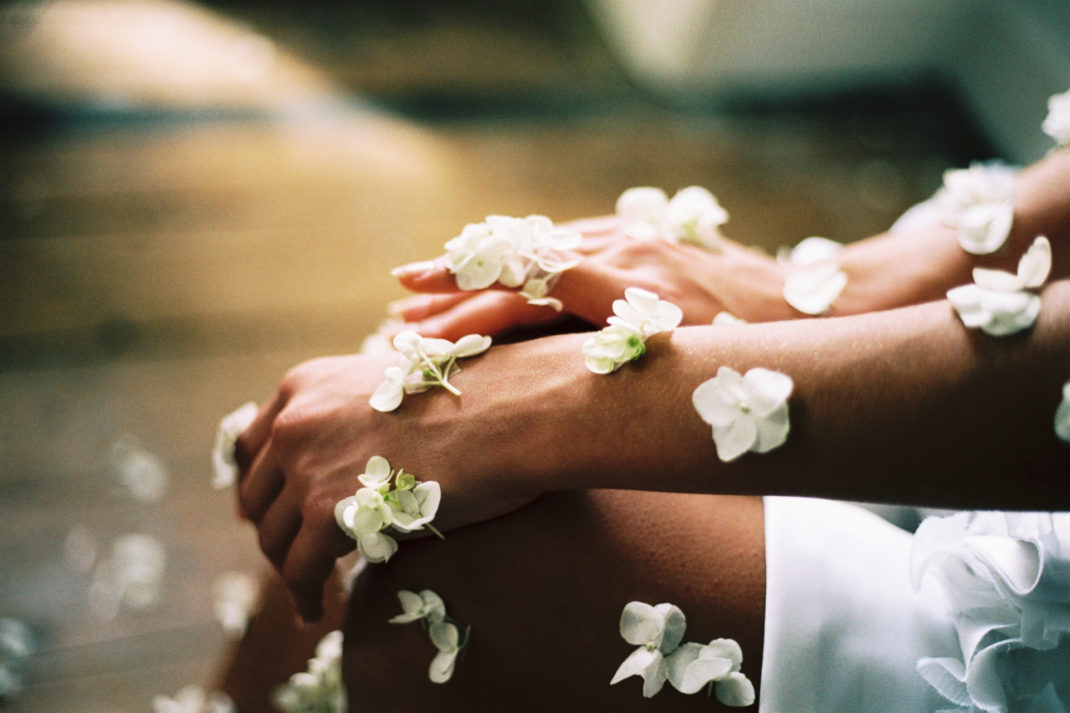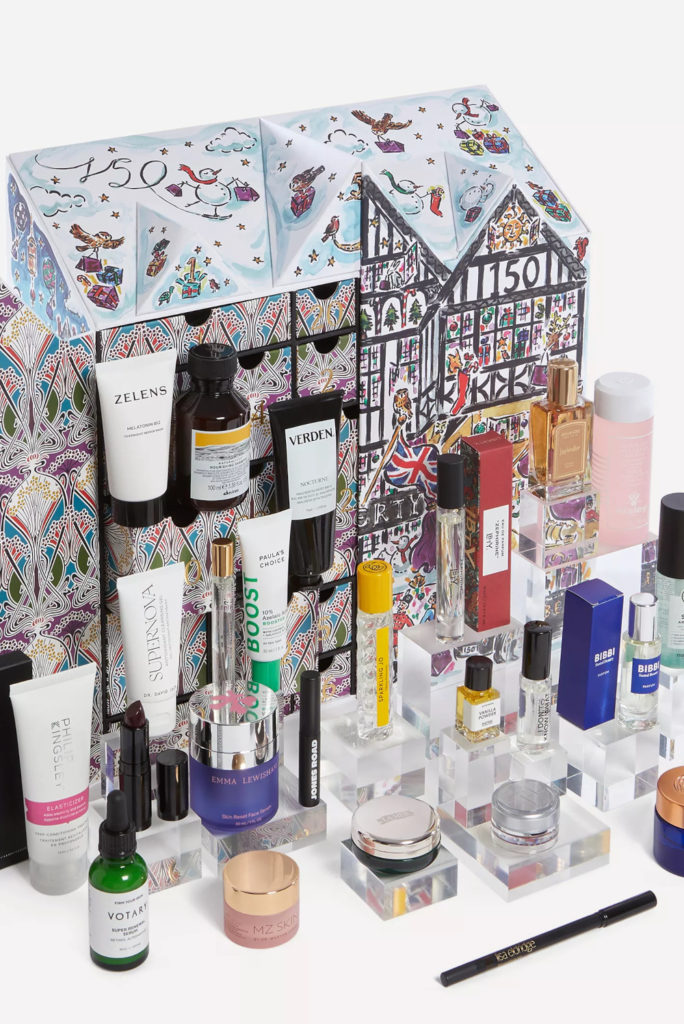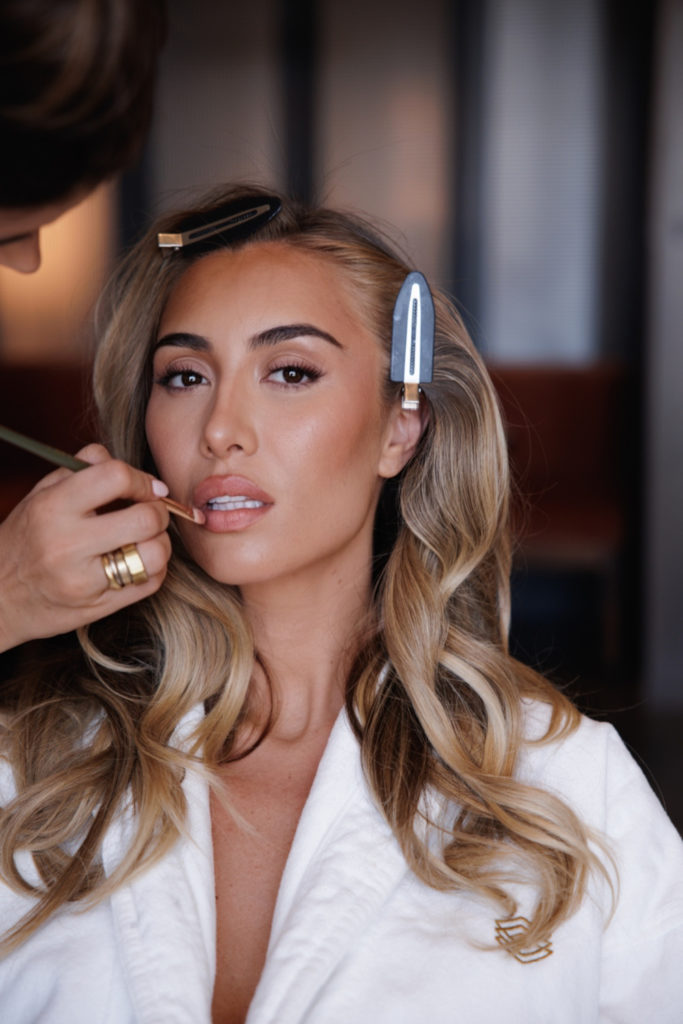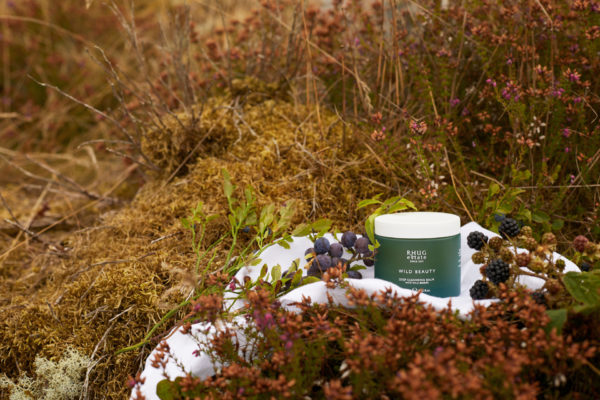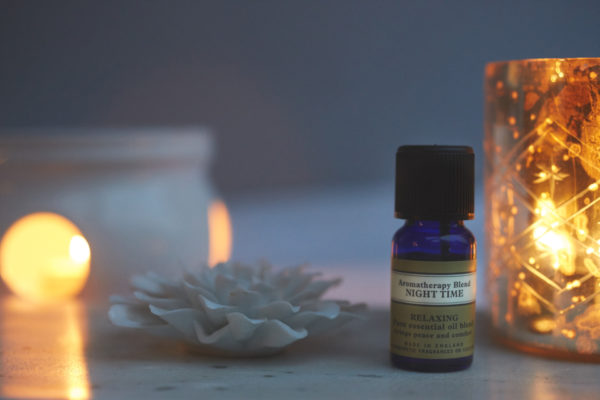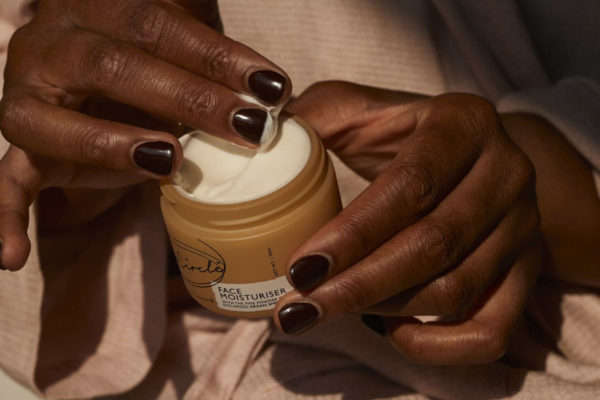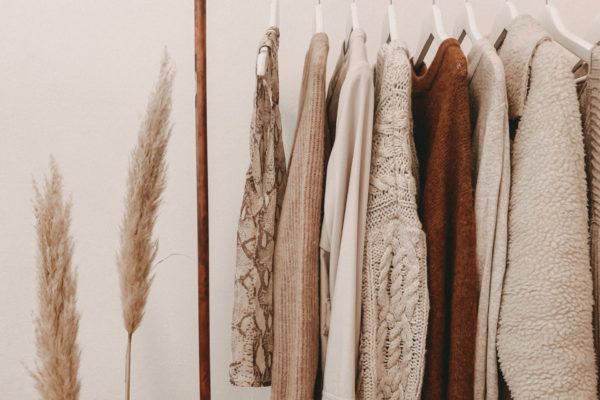What Is Circular Beauty?
By
2 years ago
Behind the sustainable beauty buzz term
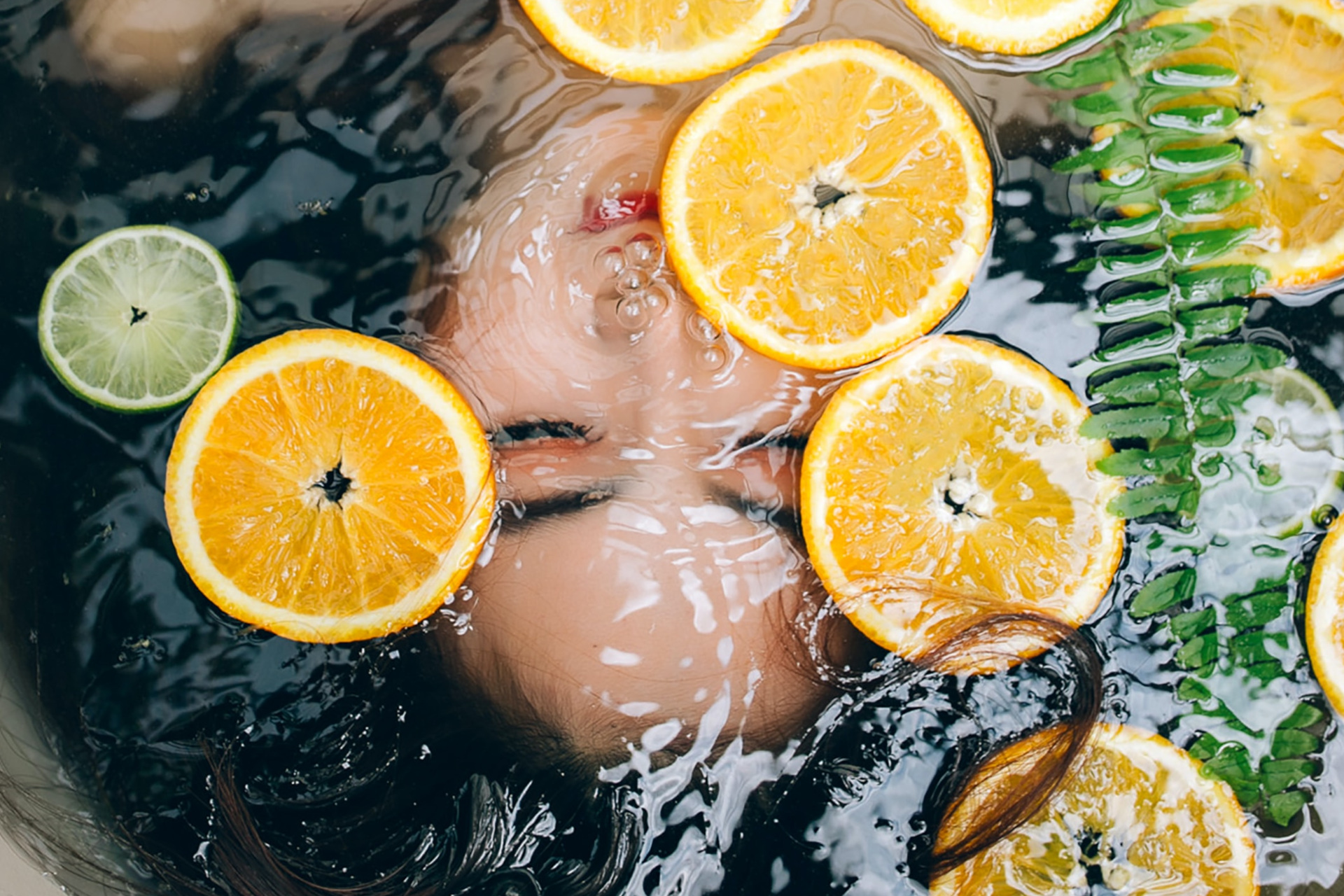
While you may have heard of the term circular fashion, how much do you know about its cosmetics-based cousin, circular beauty? Here, we explain what the movement is, as well as common misconceptions, and pros and cons.
The Country & Town House Responsible Buyers’ Guide
What Is Circular Beauty?
Circular beauty refers to a business model that keeps materials in use, whether through repairs, recycling or extending the product lifecycle. This is the opposite of the current beauty industry model, which follows a linear economic model: take the resources needed from the earth, make something and then, once used, throw it away. As expected, this leads to a huge amount of waste each year from the beauty industry.
‘In simple terms, circular beauty is an approach in the beauty industry that keeps materials (including packaging and ingredients) in use through reuse or recycling, while minimising waste,’ says Clare Hopkins, co-founder of British skincare label Balance Me. ‘Circular beauty ensures that brands are reducing packaging waste, while upholding the process of upcycling ingredients.’
‘For us, it’s about finding beauty in everything – elevating leftover natural ingredients, and bringing them back to life as beauty products your skin will love,’ adds Anna Brightman, co-founder of UpCircle. ‘Our ultimate mission is to leave the world better than we found it by transforming ingredients that would otherwise be discarded into natural, organic beauty products.’
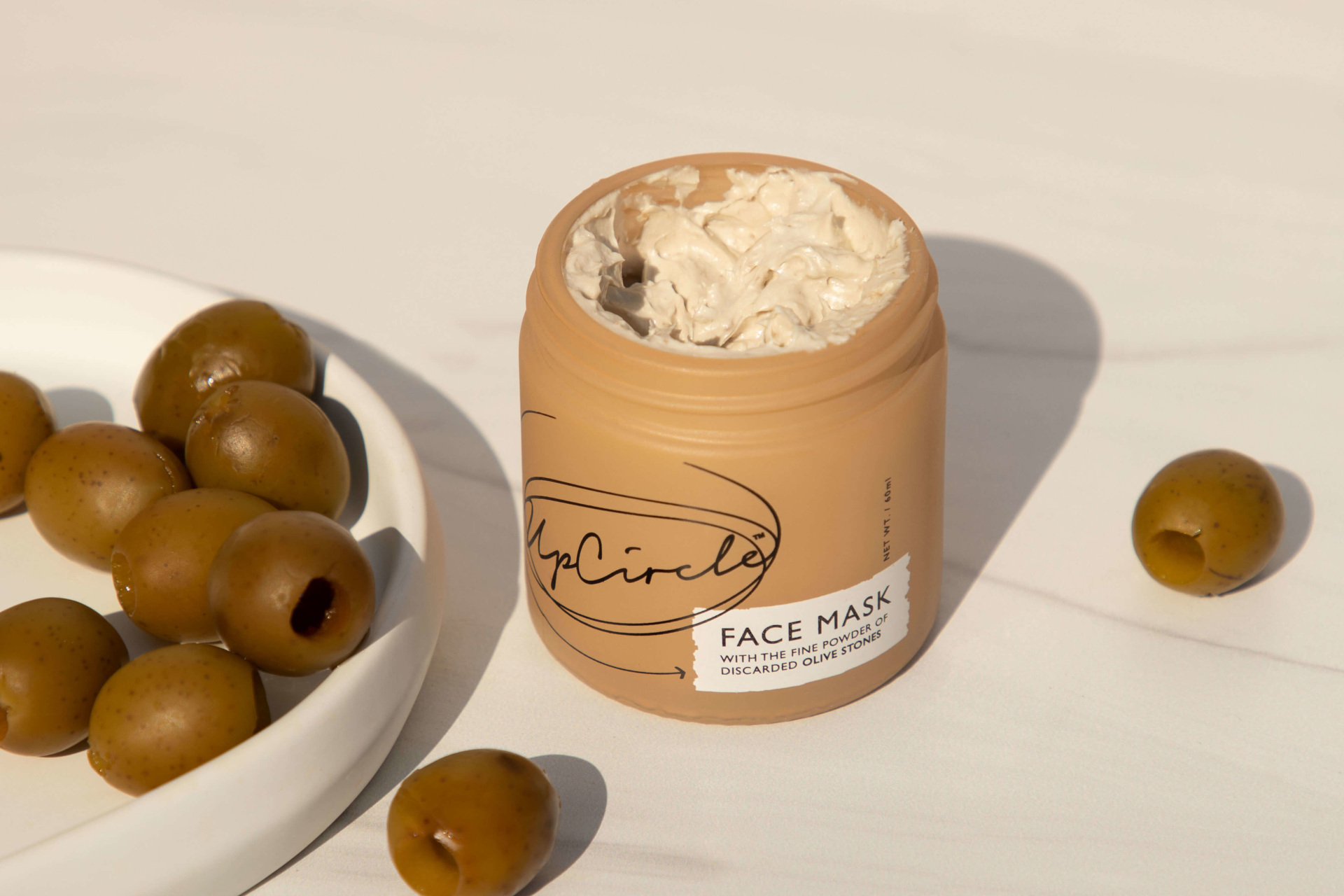
(c) UpCircle
Packaging
When it comes to packaging, Clare tells us that it forms a crucial component of the circular beauty movement. ‘Packaging needs to ideally come from recycled content and be recyclable or refillable afterwards so that there is as little waste as possible,’ she tells us. ‘We need to see an end to single-use packaging, and keep what we have in circulation.’
Anna also points out that many brands will go out of their way to work with their customer community to help minimise packaging waste. ‘Our customers are invited to help us close the loop on packaging,’ she says. ‘Our products can be purchased as a refill from the UpCircle website and returned to our warehouse in London via freepost, keeping customer costs and our carbon footprint down. Once received, the product is sterilised, refilled and returned back to its original sender.’
To summarise, some of the key components to keep in mind when it comes to packaging include:
- Recycled and recyclable materials (you can check the bottom and sides of containers for the recycling triangle and number)
- Refillable bottles and containers/refill schemes
- Certifications for materials, such as FSC certified card and paper
Ingredients
And then there’s also the practice of upcycling ingredients that would otherwise go in the bin. ‘The process of upcycling ingredients converts by-products or production waste into new materials or products, breathing new life into it without it going to waste,’ explains Clare. ‘For instance, at Balance Me, we use an upcycled ingredient in our Vitamin C Eye Brightening Serum – meiyanol, a bi-product of elderberry flowers.’
UpCircle is similarly known for upcycling a large proportion of its skincare ingredients, using waste from other industries (most famously, UpCircle has been known to source used coffee grounds from local cafes and coffee shops). ‘The circularity of our ingredients is at the heart of UpCircle,’ emphasises Anna. ‘Let’s take our olive stone powder as an example. In the first stage of the process we see the journey from seed to fruit; an olive grows on a tree. Then, we harvest. The ingredient is used or consumed in one way or another – for example, the olive is squeezed to make olive oil, leaving behind the crushed stones. This is where we intercept. These ingredients are far too good to throw away, and olive stones in particular are packed with antioxidants and act as a fantastic anti-inflammatory. We give them a new life as an UpCircle product, with the olive stones powdered and blended into our Detoxifying Face Mask.’
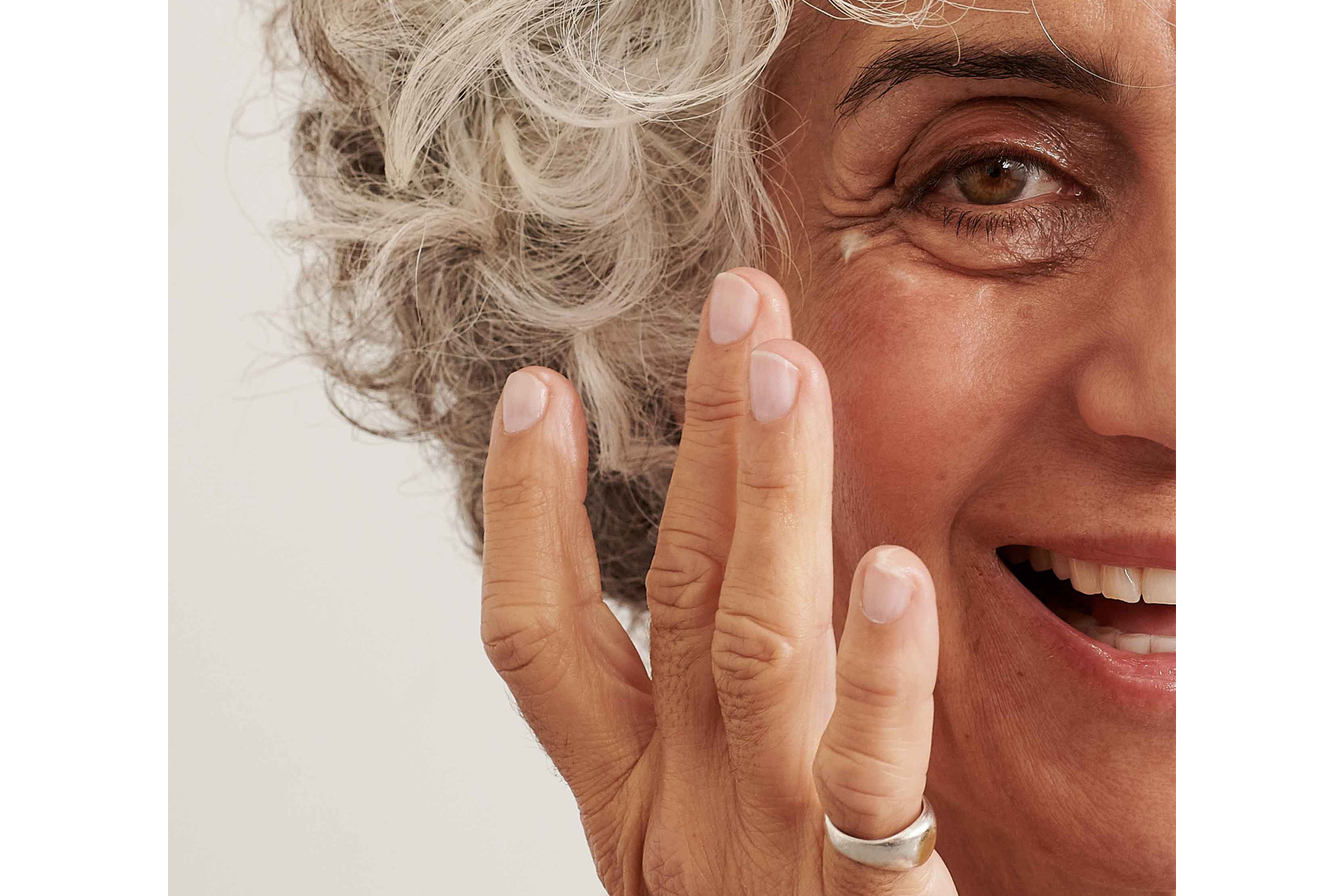
(c) Balance Me
Carbon Positivity
Another aspect of the circular beauty movement that has been creeping up lately is the act of going beyond carbon neutrality – where brands balance the carbon dioxide they release into the atmosphere with the amount they absorb or remove from the atmosphere (usually through financial donations to offsetting agencies) – and becoming carbon positive. The term ‘carbon positive’ indicates that the brand is not only balancing its emissions, but taking more CO2 out of the atmosphere than it puts in.
Brands like New-Zealand based skincare label Emma Lewisham, which became the first in the world to achieve a 100 percent circular business model and carbon positive status at the same time, showcase how important the relationship between circular practices and carbon emissions is. ‘To become certified carbon positive, we worked with Toitū Envirocare, who are a world-leading independent environmental certification agency,’ brand founder, Emma Lewisham said in an interview with Harper’s Bazaar. ‘Over 12 months, we measured the carbon emissions emitted at each stage of our products’ life cycles, including growing, harvesting, transportation, product packaging and end of life. This allowed us to clearly see where we could reduce carbon emissions and enabled us to implement an extensive carbon-reduction strategy as a first point of call.’
Common Misconceptions
‘One of the biggest misconceptions surrounding circular beauty is the notion of the products being “unclean” or “unsafe” to use,’ Anna tells us. ‘On the contrary, circular beauty products have to go through all of the same processes and checks as every other beauty product – meaning they are very much safe to use, while also having a much more positive impact on the environment.’
Clare adds that many people also associate circular beauty with just being about packaging, when in fact it covers far more. ‘Circular beauty fundamentally changes the way a business is run, the products and ingredients it uses and the impact it has on the planet. Some brands can be fully circular, while others adopt specific practices within circular beauty. We are all on a journey and the most important thing is that brands and consumers start doing their bit – we say small steps, giant leaps.’
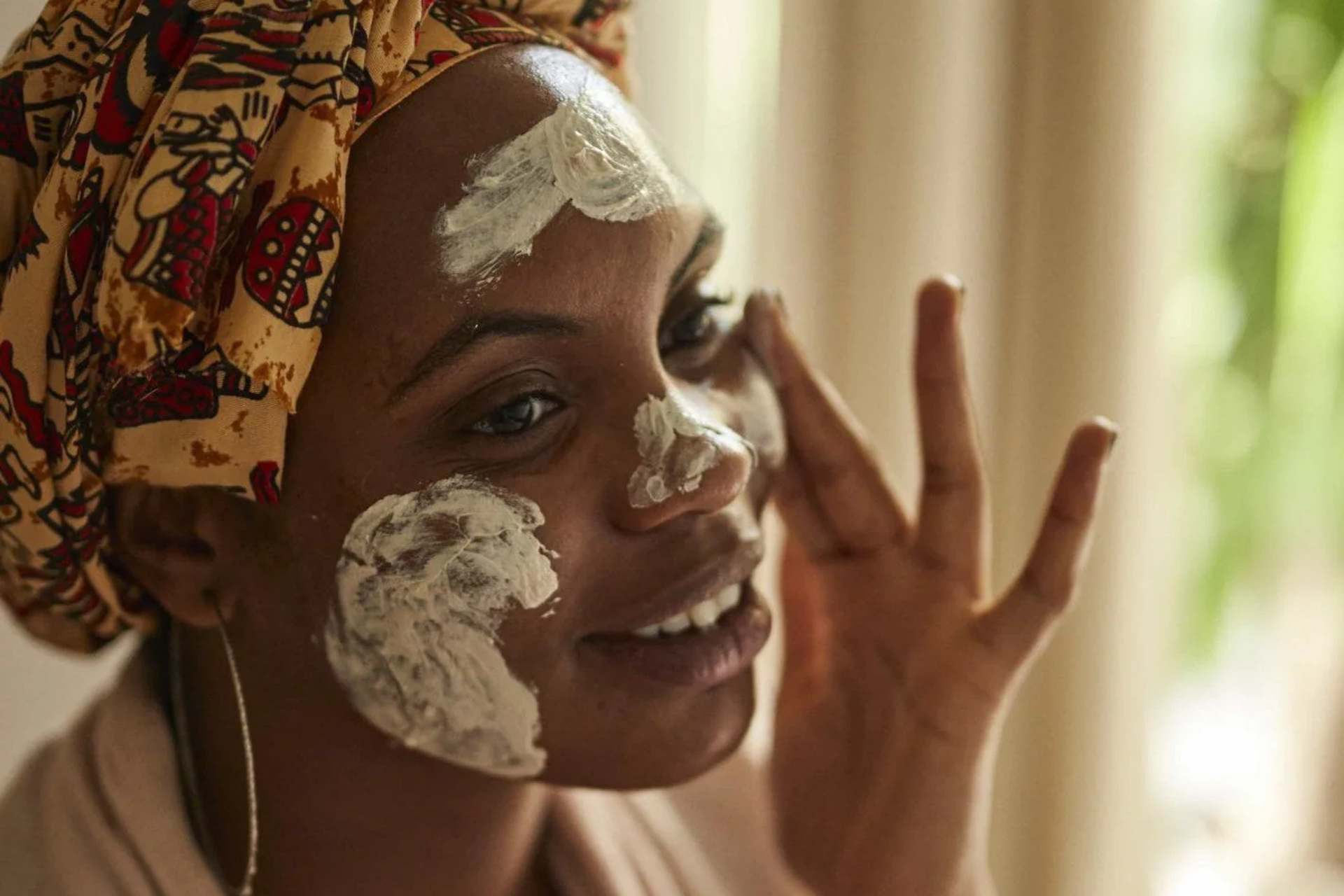
(c) UpCircle
The Pros & Cons Of Circular Beauty
The main (and obvious) benefit of circular beauty is its ability to reduce waste across a variety of areas, with an emphasis on lessening both brand and consumer’s environmental impact. ‘The biggest pro is the positive impact this will have on the planet,’ summarises Clare. ‘It’s also led to brands becoming much more eco-conscious, with many working hard to minimise their footprint on the planet through material usage and CO2 emissions.’
Speaking of materials, Anna highlights that circular beauty also opens the door to effective ingredients we wouldn’t usually think to use. ‘Nature gives us lots of wonderful ingredients that make our skin healthier and more radiant – like used coffee grounds and brewed chai tea spices – but they often end up going to landfill,’ she says. ‘Why should all that good stuff go to waste? You still get to enjoy the uplifting benefits of nature’s own skin rejuvenators while doing the planet some good.’
There are a few downsides to circular beauty, however – the main one being its reliance on customers and other industries for the model to work. As Anna explains, ‘Because of our circular economy ethos, we rely on the functioning of other industries to get the ingredients that we reuse. During Covid, for example, having coffee shops shut for months presented supply chain issues for us – but we managed to come out the other side standing strong.’
‘Circular beauty relies on the consumer to do their part too,’ adds Clare. ‘For instance, it’s up to them to dispose of and recycle the packaging correctly.’ Brands can advise customers on what they can do with finished products, whether that’s refilling bottles, taking them into stores or recycling them with their other disposables, but the customer needs to be an active participant for it to work.
And then, there’s the issue of greenwashing – the act of conveying a false impression or misleading information that a brand is sustainable or undertaking sustainable practices, such as a circular business model. This is made worse by the fact that the label ‘circular beauty’ doesn’t have any specific certification that brands can use to back their claims. ‘Greenwashing is a real con, with misinformation given to customers,’ says Clare.
In a highly overcrowded market, it can be difficult to weed out the brands that aren’t actually doing what they insinuate – but Anna highlights a few ways you can recognise that a brand’s sustainability claims aren’t legit. ‘It’s safe to say that when a brand is simply greenwashing, you’ll know,’ she says. ‘Oftentimes, they like to use key buzzwords within this “eco-beauty lexicon”, which is essentially a collage of terminology used by brands to target sustainability-conscious consumers – these are words like “eco”, “green” and “organic” – all without having the credentials to back those claims.’
What To Look Out For From Brands
While the label ‘circular beauty’ itself doesn’t have a certifying body behind it, there are certifications covering other practices within the circular movement that you can look out for. ‘Look out for brands that are certified B-Corp, certified organic, certified vegan, certified cruelty-free or certified plastic negative,’ Anna tells us. ‘You can also check a brand’s website to see what their transparency is like when it comes to where and how its products are made, and what packaging is used.’
‘Certifications like B Corp are definitely useful to show brands are being responsible (though B Corp is not just about circular practices – it is about balancing People, Product and Planet),’ adds Clare. ‘It’s also worth asking questions and seeing how transparent brands really are.’
Featured image: Anthony Tran, Unsplash




